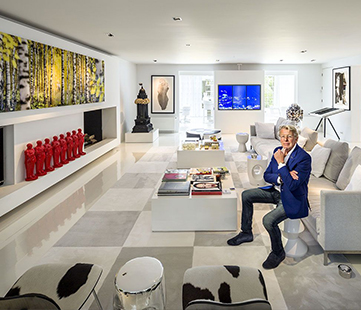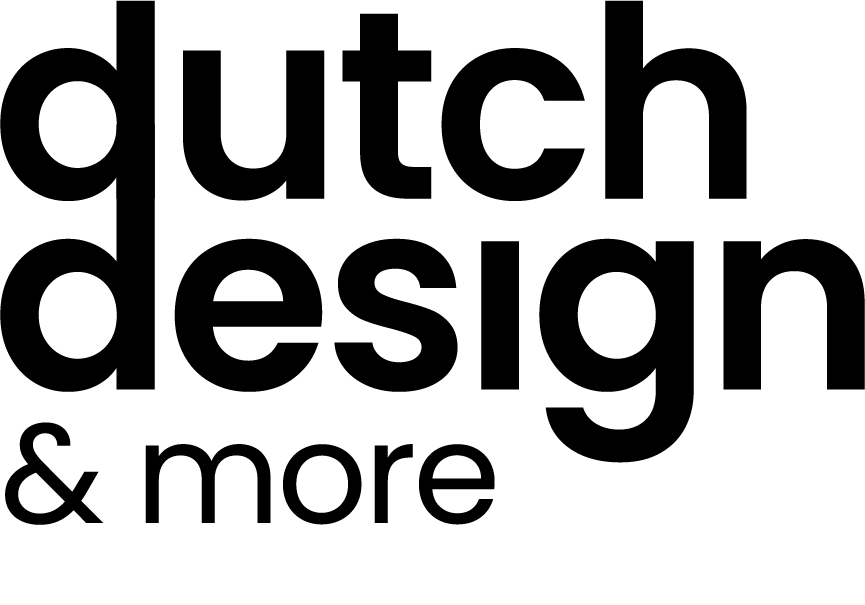
Jan des Bouvrie was involved in the design of furniture from the very beginning. His parents had a furniture business, so it was in line with expectations that Des Bouvrie would follow in their footsteps. He did and he never stopped working. Through his insights he single-handedly unleashed a revolution in the Dutch living room. The dark oak wood had to change and in the 1970s and 80s he brought light and space into Dutch interiors with his sleek, symmetrical and especially white designs.

Jan des Bouvrie did not want to call himself an artist. A craftsman, he thought a better name. After training at the Rietveld Academy, he started his own career as a furniture maker. Already in 1969 he made one of his most important designs: the cube sofa. A sleek, minimalist design that found its way into countless Dutch households and that was later included in the collection of the Stedelijk Museum. He himself reasoned that he had become a good designer because he was severely dyslexic. Because he could barely read, he looked all the better.
in the 1970s and 1980s he revolutionized the Dutch living room. The dark oak brown of Grandmother’s sideboard had dominated there for decades. At Des Bouvrie, everything had to be white and light as much as possible. A philosophy that he kept to his end.
His designs made him very rich. Maybe not the most innovative, but the most influential and the best known. “I have achieved everything because I can network so well. It rarely happens that someone is both businesslike and creative, and that’s me, ”he said in an interview with de Volkskrant.
One of his students in the well-known designer Piet Hein Eek. Jan des Bouvrie taught Piet Hein Eek the details of the trade. “Jan des Bouvrie wanted to change the market, but I want to change the world.” Is a famous quote from Piet Hein Eek from an interview with NRC. And he certainly does change the world! You just have to take a look at our webshop to see what he meant.
